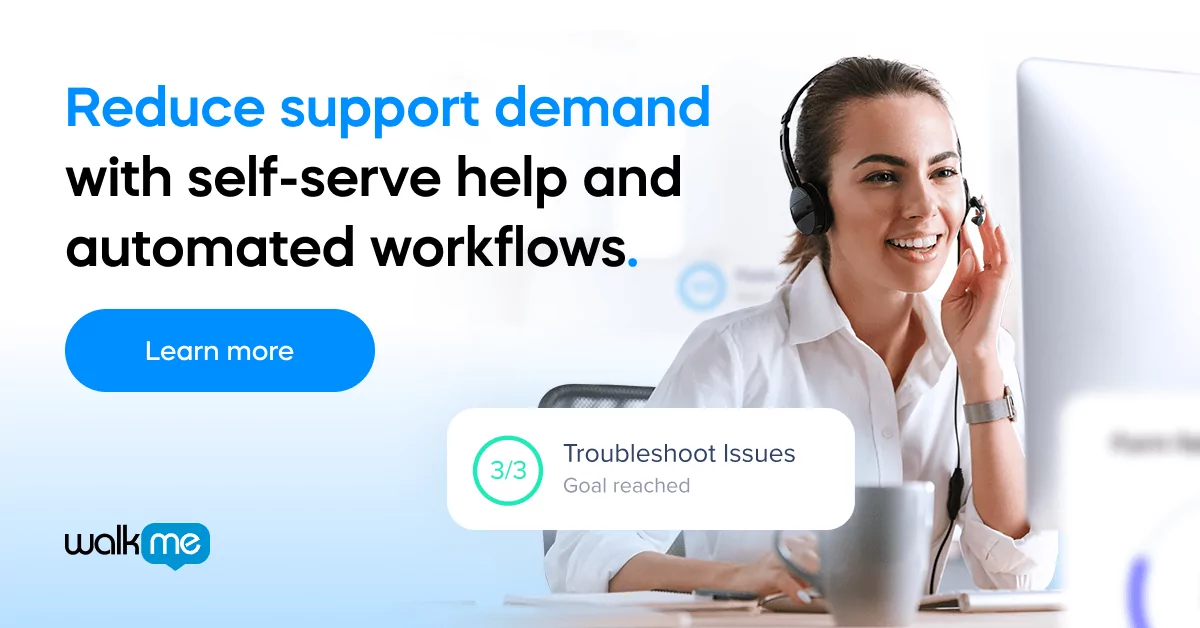Discussions of business efficiency often revolve around topics such as inputs, outputs, costs, and performance, but efficiency also affects customers.
Some have argued that an efficient customer experience is better than a delightful one. The idea is that customers want fast and effective solutions to problems, not “bells and whistles.”
It’s only logical that workplace efficiency drives better customer-facing services, such as customer care—when the workplace operates smoothly and efficiently, employees can find relevant information immediately and answer questions more effectively.
Below, we cover specific ways that workplace performance affects customer-facing products, services, and experiences.
4 ways to improve business efficiency and the customer experience
Here are a few actionable steps you can take to improve business efficiency in order to enhance the customer experience.
1. Use process improvement methodologies
Process improvement methodologies are frameworks designed to, as the name suggests, enhance the performance of specific business processes.
They are constructed to achieve goals such as:
- Eliminating waste
- Cutting costs
- Decreasing the number of product defects
- Improving the customer experience
Many of today’s most popular process improvement methodologies originated in Japan—specifically, from Toyota’s approach to manufacturing. That approach revolved around concepts such as continual improvement and respect for people.
Today, these and other similar concepts are reflected in process improvement tools such as:
- Lean
- Kaizen
- Six Sigma
Similar approaches also include the Capability Maturity Model Integration (CMMI), a process improvement and maturity model that can be applied to individual business projects or the entire organization.
2. Optimize workflows with composable software
Composability refers to the modularity of business processes, systems, units, workflows, and more.
A composable business can rearrange such modular business components to stay agile, adapt to changing circumstances, and deliver customized products or services at top speeds.
One of the fastest and easiest ways to add composability to your business is through composable software. Unlike most software, which focus on individual business functions, composable software focuses on cross-functional workflows.
WalkMe’s digital adoption platform (DAP), for instance:
- Offers top-down insights into workflows, software usage, and employees’ needs
- Can be used to optimize business processes and increase business efficiency
- Has self-service functionality that can simplify both employee and customer experiences
Composable software such as WalkMe can be used to improve business efficiency wherever software is used—both in customer-facing services and for employees in the workplace.
3. Learn from employees and customers
Many of today’s business methodologies are built around analytics and data-driven procedures.
The right data can be fed back into a business process and used to further increase its efficiency.
Here are a few examples of how data can be collected:
- Using DAPs to collect software engagement data
- Analyzing customer data from software, websites, marketing content, and customer service interactions
- Surveying employees or customers
To make the most of these types of data collection methods, it is important not just to measure the inputs and responses, but to continuously utilize the information they provide to drive strategic decisions.
Business processes should therefore:
- Have built-in data collection mechanisms
- Regularly analyze and learn from that data
- Use those insights to continually improve processes
Data-driven improvements will affect multiple areas within the business. Using data to simplify workflows, for example, can positively impact everything from the workplace to the customer experience to the bottom line.
4. Use journey maps to define needs and goals
Journey maps visually diagram the pathway that customers or employees take when performing a task, workflow, or process. These maps are used to design experiences that are more relevant, useful, and efficient.
Examples include:
- Customer journey maps that break down the entire customer’s pathway to purchase
- User journey maps that analyze the user adoption process
- Employee journey maps that track the process of employee recruitment, onboarding, and training
Though journey maps should be customized to the audience and the medium, there are a few common components that can be useful to any experience designer.
For instance, in a customer journey map:
- Outlining customers’ goals for each stage can help employees better meet customers’ needs at each point along the journey
- Descriptions of the user’s mindset can help experience designers better understand users’ perspectives
- Direct quotes from customers can further flesh out the customers’ thought processes
- Labeling each stage of the journey can act as an overarching guide that defines the general purpose of each step
While journey maps can be extremely useful tools, there is no single “right way” to create one. Instead, journey maps should be designed to suit your own workflow and business needs. To learn more about customer journey maps, check out our articles on user journey maps and customer journey maps.


